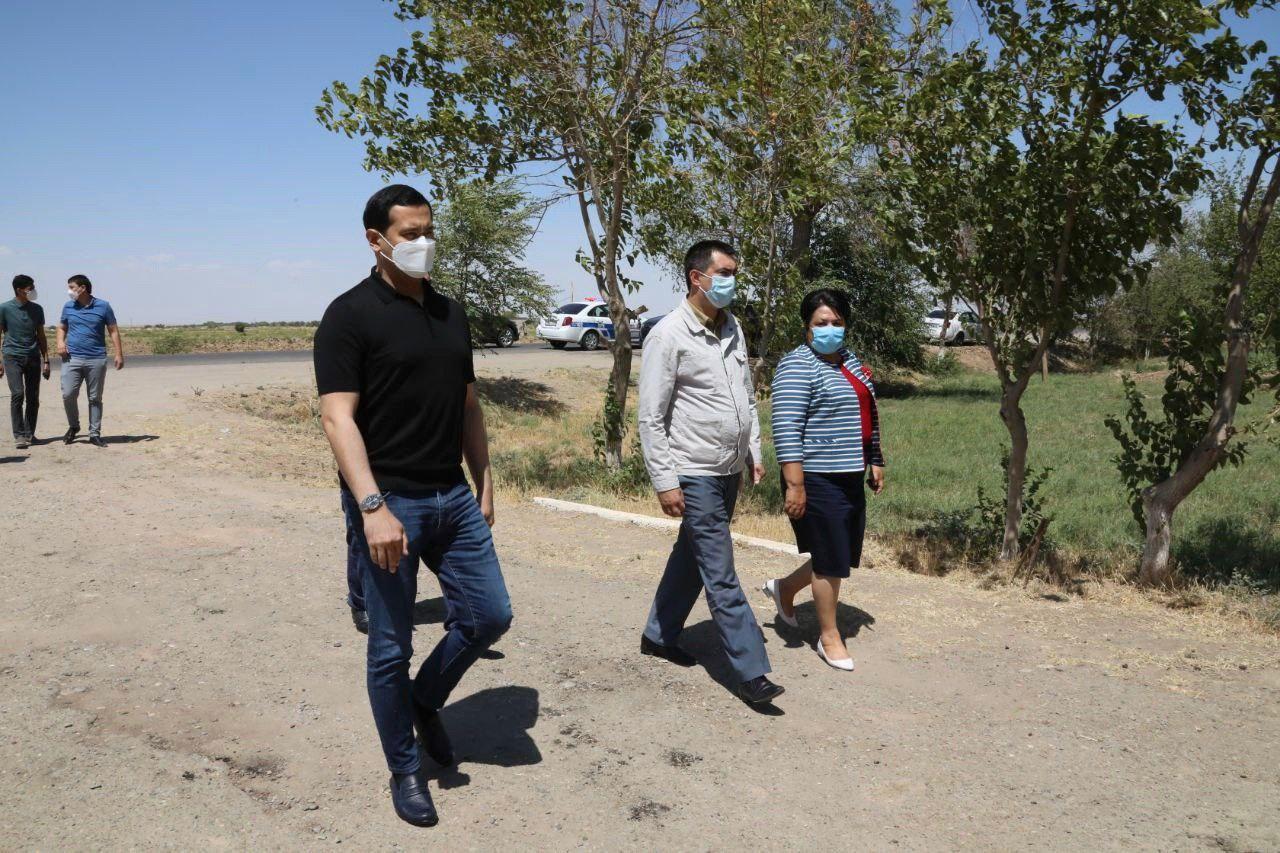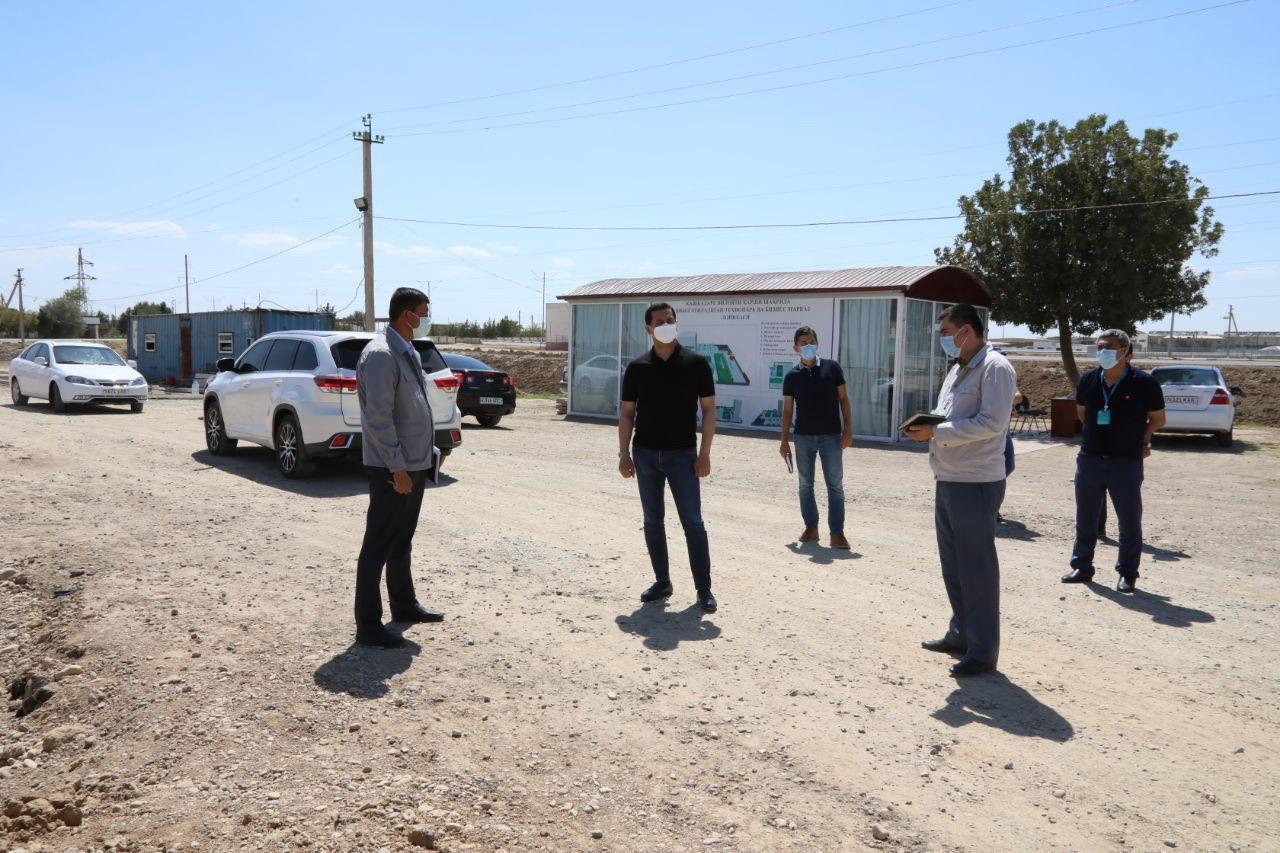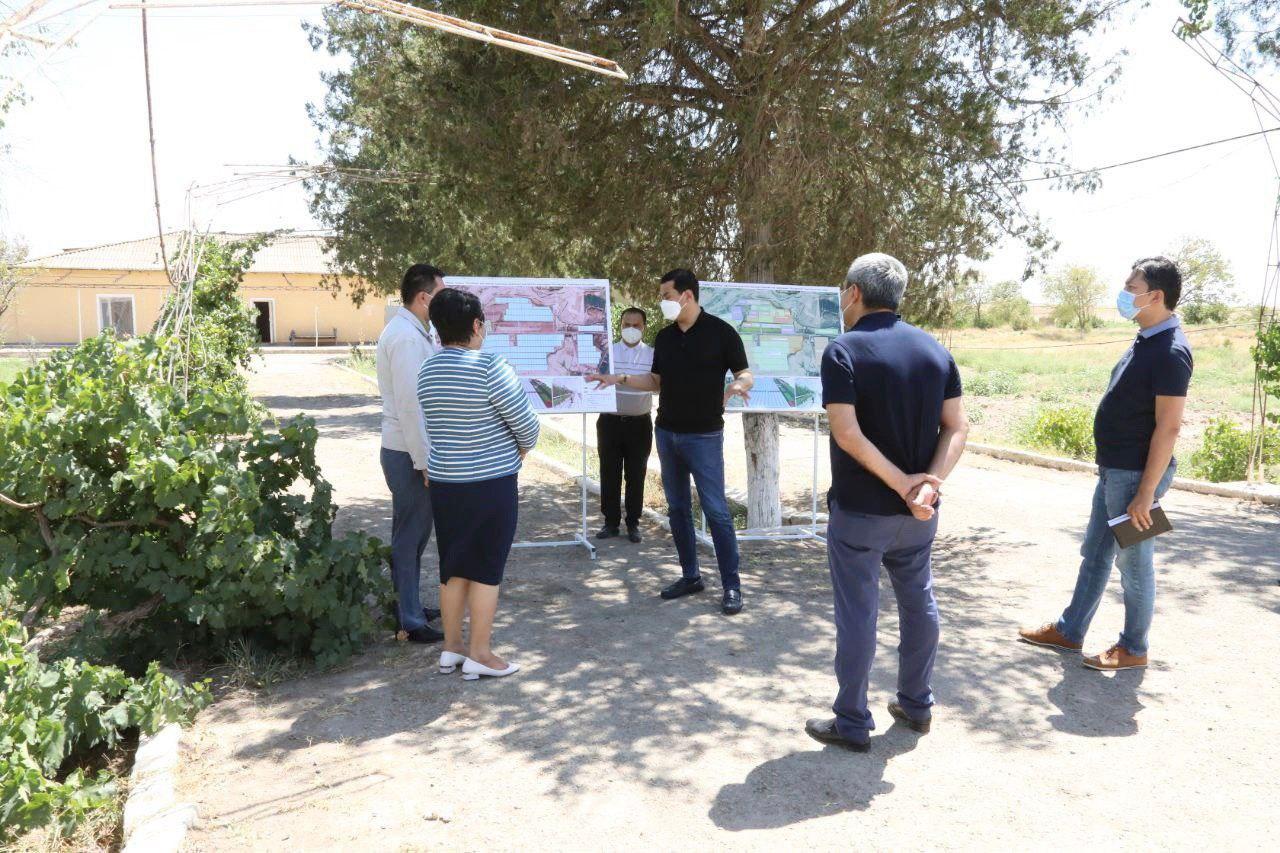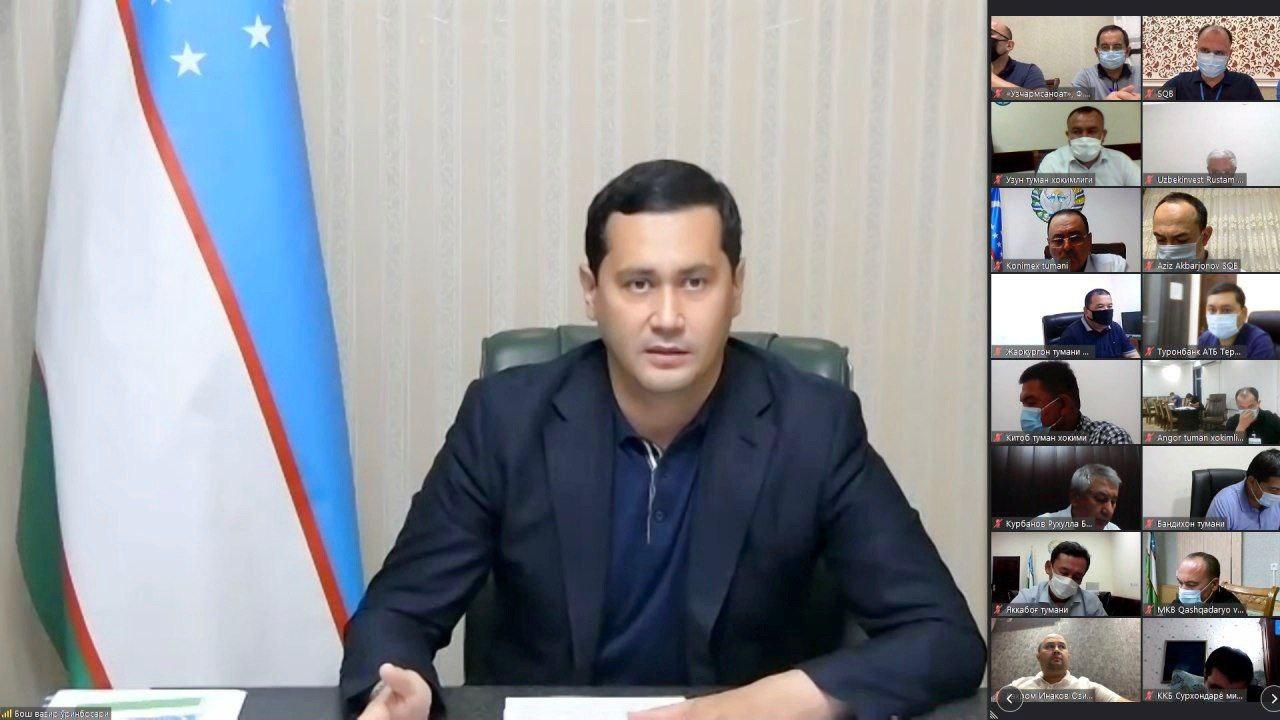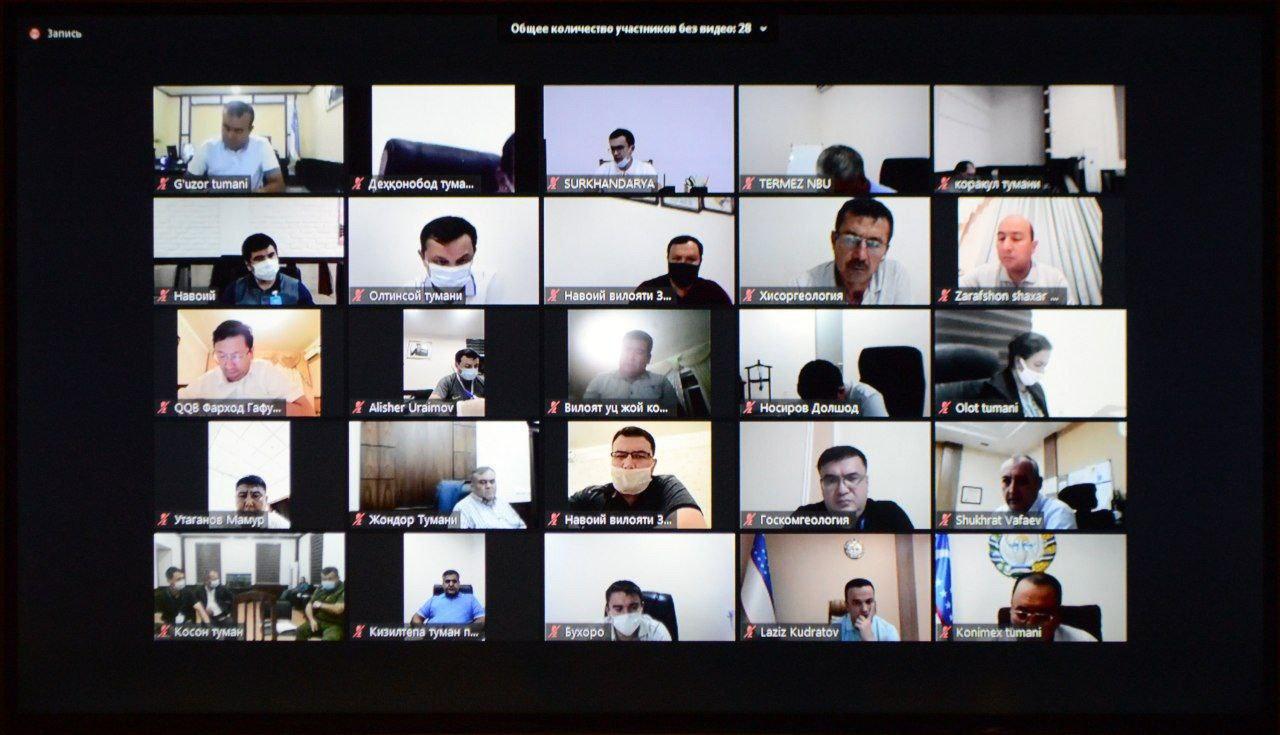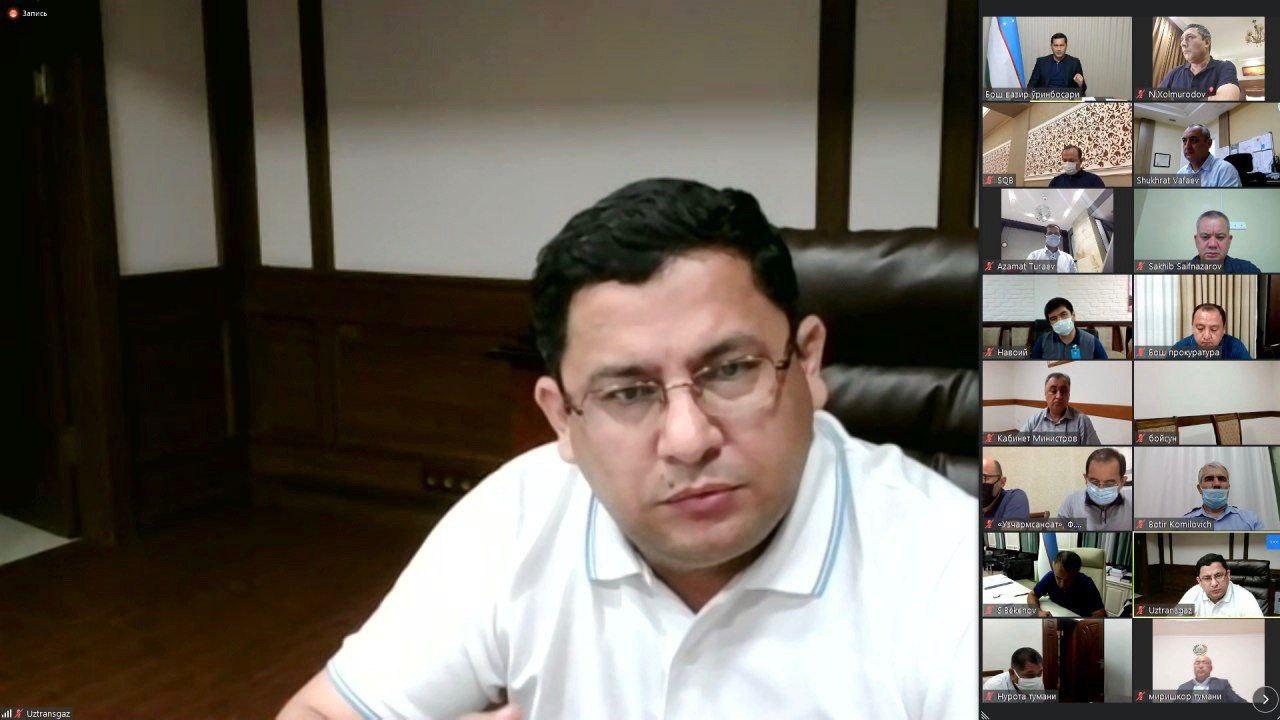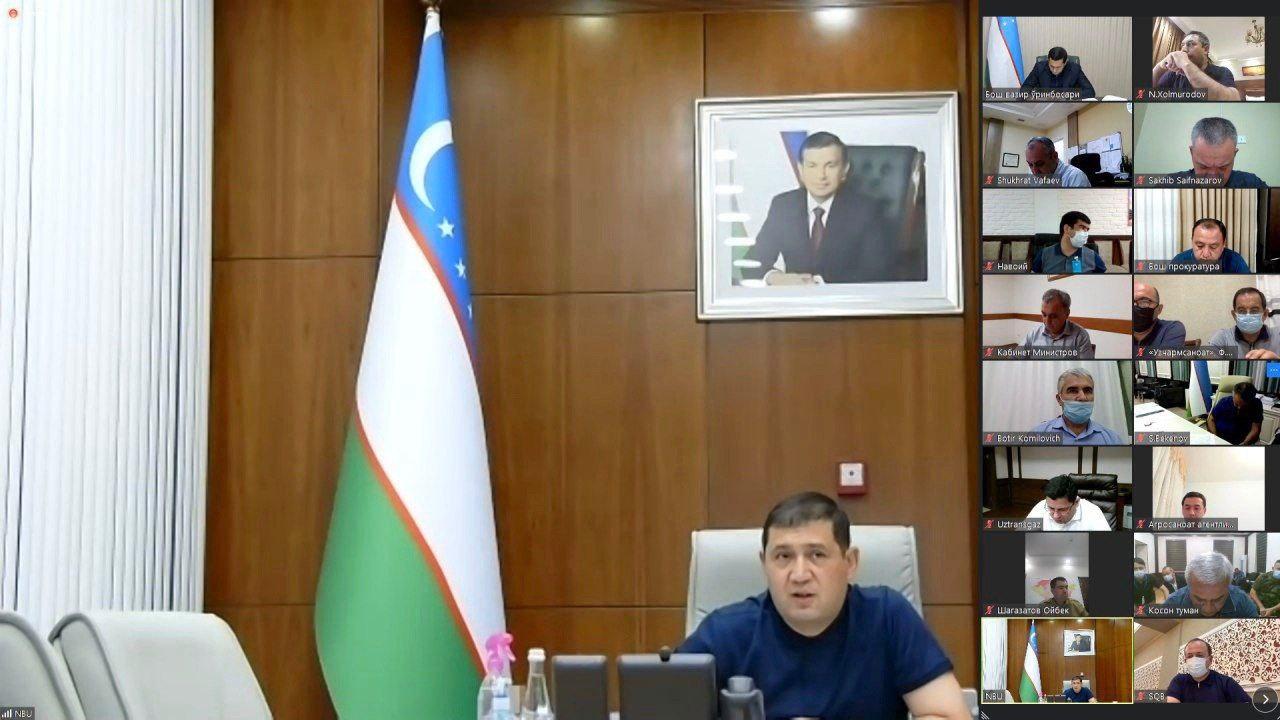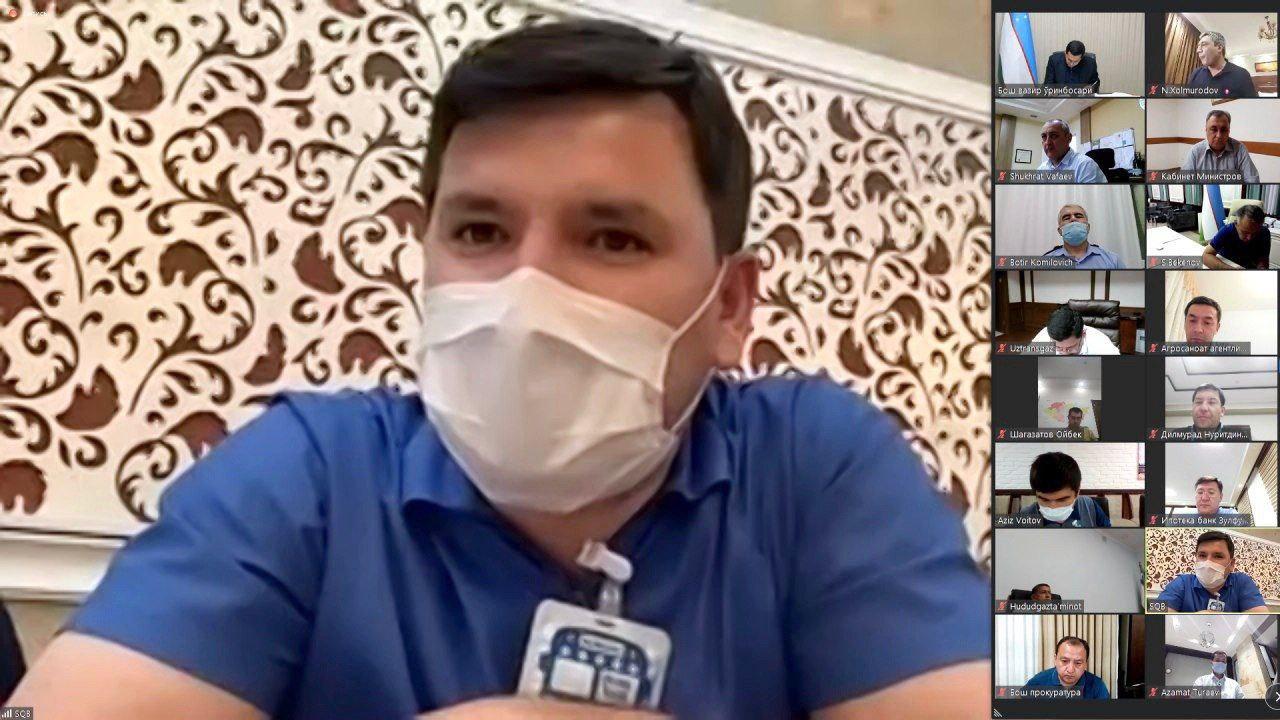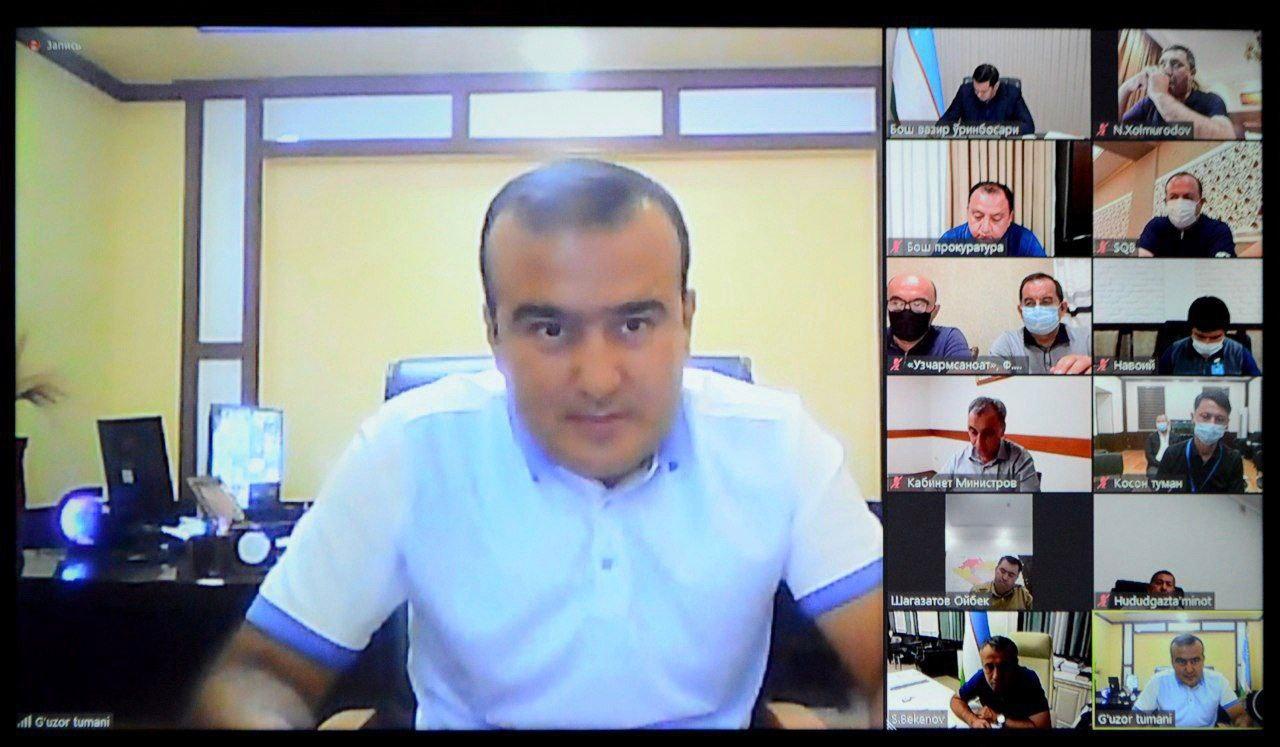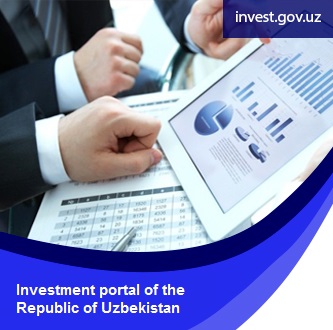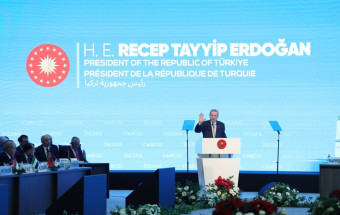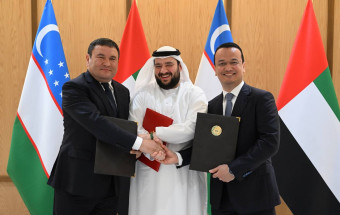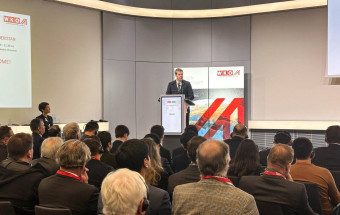The points of economic growth of Kashkadarya region
On July 18 this year, the Working Group headed by Deputy Prime Minister of the Republic of Uzbekistan S. Umurzakov and involving heads of ministries, departments, industry associations and commercial banks left for Kashkadarya region to review progress of investment projects, determine the "drivers" of regional economic growth, as well as to solve issues faced by entrepreneurs and exporters during their business activity.
The members of the Group thoroughly reviewed ongoing and planned projects through direct visits and communication with entrepreneurs, and identified a number of pressing concerns related to allocation of credit funds, land plots, empty buildings and structures, connection to utilities and other factors assigned to the heads of the relevant government agencies and commercial banks. They also organized the study of the resource potential and infrastructure of regional districts and cities to identify promising areas for the further attraction of investments.
There was a thorough review of regional program for social and economic development of Kashkadarya region for 2020-2021, including the implementation of 1,321 projects totaling USD 6.1 trillion. At the same time, it is expected to commission the manufacturing facilities for 793 projects totaling UZS 2.0 trillion not later than April 1, 2021. The members of Working Group received instructions to continue active work on the formation of new investment projects and to fully use the points of economic growth in the region.
They noted an insufficient attraction of investments in Dekhkanabad, Kasba, Kamashi, Mubarek and Shakhrisabz regions. Here, the heads of the relevant ministries, industry associations, commercial banks and local authorities received instructions to develop, agree and approve the schedules for the new projects. They also were instructed to additionally develop major investment projects to maximize the potential of Chirakchi and Mirishkor districts. The main criterion when evaluating and approving these projects will be a tangible and quick economic result involving a significant increase in production output, creation of new jobs, and increase of export potential.
The members also analyzed the progress in the development of household entrepreneurship and domestic labor. Currently, there were 51 391 families identified who needed stable sources of income. The heads of departments, industry associations, commercial banks, and local authorities received instructions to accelerate the projects outlined in this area.
During the visit, the Working Group reviewed the progress in operation of newly established Chirakchi Free Economic Zone, which already plans to implement two pilot investment projects totaling USD 26 million. Considering the significant economic potential of this FEZ, there were instructions to develop new investment projects and identify specific initiators and sources of funding. Following the review of FEZ infrastructure, the heads of relevant authorities received instructions to promptly resolve the issues of supplying the necessary engineering communications, including electricity and gas supply networks, fiber-optic communication lines and highways. They also paid particular attention to the need to develop new projects in small industrial zones in Karshi and Shakhrisabz cities.
Comprehensive analysis of the region revealed significant potential for agricultural development. In 2020-2021, Kashkadarya region plans to organize greenhouses with a total area of 400 hectares, which include a Greenhouse Town in Karshi region, as well as a number of high-tech greenhouses in Kamashinsky and Kasbinsky regions. With this in mind, there were instructions to comprehensively support the initiators of these projects, as well as to form additional projects in order to create 3.5 thousand hectares of vineyards in Kitab, Kamashin and Yakkabag districts.
This region also has a unique potential in animal husbandry. This resulted in instructions to strengthen the feed reserve to further develop this area, as well as consider prospects to attract investments for the production chain and maximization of added value in this industry. The executive officers here received instructions to identify the initiators and develop a number of projects for the development of the feed reserves in the region, as well as for the creation of meat and dairy clusters, high-tech leather processing industries and the production of finished leather and footwear products, which can be achieved both through modernization of existing production facilities and creation of new outputs.
They also were instructed to take an inventory of the reserves of aggregates available in the region, including limestone, marble, granite, dolomite, expanded clay, bentonite, gypsum, and quartz, as well as to develop major investment projects for the production of facing materials.
Another promising area of economic development is the textile industry: at the end of 2019, the processing of cotton amounted just to 41%, which provides prerequisites for new industries. The executive officers received instructions to bring the processing of raw cotton to 100%, and the processing of yarn to 60%, including through the commissioning of new facilities and modernization of existing enterprises.
To accomplish the assigned tasks, it was recommended to actively use the experience and potential of countrypeople who currently live and have business abroad in the development and implementation of promising investment projects. They received instructions to accelerate the creation of Factory Projects in Kashkadarya region.
The meeting resulted in targeted instructions to executive officers aimed at implementation of consistent measures to enhance investment activities, modernize infrastructure and increase employment. The General Prosecutor's Office will constantly control the implementation of the above instructions.


